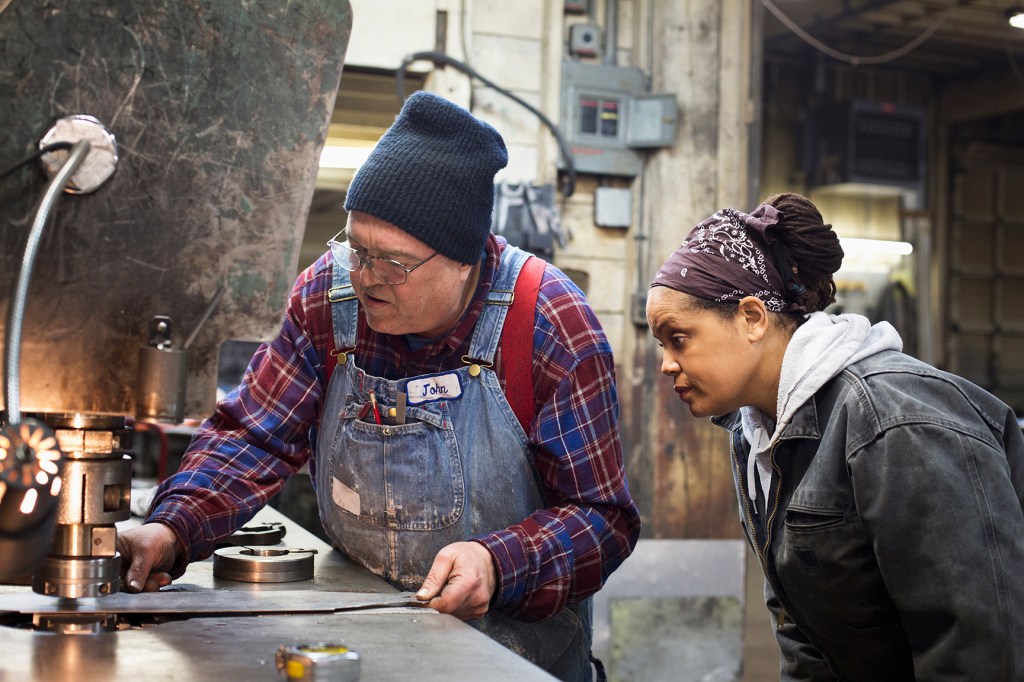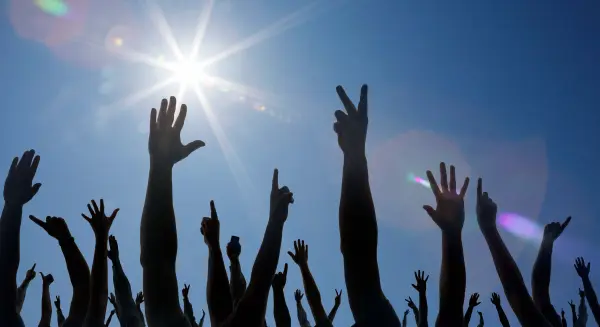
The “American Dream”—one of the country’s most foundational principles—has long made a simple promise: Hard work leads to success. But what happens when large swaths of American society don’t buy into it? How do Americans really feel about growing levels of inequality? Carol Graham, the Leo Pasvolsky Senior Fellow at the Brookings Institution and College Park Professor at the School of Public Policy at the University of Maryland, uses economic metrics to explore these and other issues in her book Happiness for All? Unequal Hopes and Lives in Pursuit of the American Dream.
Following the launch of her book, I sat down with Graham for a conversation about inequality and well-being, which segments of American society feel optimistic about their futures, and the state of the American Dream.
Hilary Pennington: When examining inequality, why is it important to look at well-being in addition to purely economic measures like wealth inequality?
Carol Graham: One of the least resolved issues in economics has to do with the effects of inequality on well-being, partly because kinds and levels of inequality vary. There’s also no clear line separating one kind of inequality from another, and different societies have different levels of tolerance for inequality. The United States, for example, is historically more tolerant of inequality than European countries, largely because of its meritocratic roots. The US was founded on the belief that everyone who worked hard could get ahead, but that’s no longer the reality.
Inequality is also difficult to measure. Economists use a number of complicated metrics, making it hard for regular people to understand. Looking at well-being lets us measure the effects of inequality differently—we can see if it makes people unhappy, stressed, or worried. For example, do excessive levels of income inequality also lead to inequality in well-being—as in life satisfaction, hope, and/or stress and worry across the rich and the poor? The answer in the US is a resounding yes. And my past research shows that individuals who do not have hope for the future are much less likely to invest in those futures. So measuring the costs of inequality in terms of well-being makes the results much more tangible to the average person.
What is causing a loss of hope in America, and what explains the happiness gap between poor white people and poor people of color in America? How do these findings in the US differ from findings elsewhere?
One of my most surprising findings was that poor black people are highly optimistic, compared to deep desperation and rising premature mortality rates among poor white people. One explanation might relate to resiliency: People who are black or Hispanic are much less likely to report depression or commit suicide in the face of negative shocks than are white people, because of their history of having to adapt to discrimination and other challenges. I’ve also seen this in my other work on poor people in very poor countries, ranging from Peru to Burkina Faso—they are remarkably resilient compared to their wealthier and more advantaged peers.
Expectations also play a role. Poor minorities are more likely to compare themselves to parents and grandparents who were worse off, while poor whites are more likely to compare themselves to parents who were better off. These expectations affect outlooks on reality, and some traditional gaps are narrowing. The biggest gaps in educational performance, for example, used to be between black and white children. Instead, they are now between poor and rich children.
And where people live matters. Poor white people tend to live in homogenous places, reliant on one or two industries like car factories or coal mines. These once-thriving industrial centers are finding it harder and harder to stay alive. White blue-collar workers seem to be facing an identity crisis, as their main lines of industry—which were also central parts of their communities—gradually die out. Minorities, meanwhile, tend to live in racially diverse parts of the country, where there is a wider range of economic activity and work opportunities.
Would investing more heavily in public institutions to alleviate inequality—like public education, affordable health care, and strong civic engagement—shift these disparities in happiness and hopelessness, or do the problems go deeper than that?
Investment would help, though the impact would take time. Access to quality education is critical, because it gives future generations the skills they need to find and keep better jobs. Health care is also important, because without it, it’s hard to effectively address any sort of health-related crisis, like the opioid addiction epidemic that is causing hopelessness and despair in many communities across the US. It’s unfathomable that we’re as close as we are to taking health care away from our most vulnerable populations, and we are the only rich country in the world where mortality rates are going up!
Meanwhile, civic engagement, stronger communities, and an emphasis on volunteering all increase well-being. Given the pace of change at the federal level, most of the action will have to be local. Huntington, West Virginia, is a good example of a low-income community that is reducing poverty through a combination of public investments and community-level involvement, like vocational training and drug abuse rehabilitation programs.
When we talk about equality, referring to “leveling the playing field” sometimes isn’t helpful. How should we talk about progress toward equality, in a way that all kinds of people can support?
This conundrum is unique to the US. There’s a very strong antigovernment sentiment that makes some people reject government efforts and policies—such as the Affordable Care Act—that are critical to their lives and health. They seem to feel that any form of government support is for people who don’t deserve it, like minorities who supposedly don’t want to work, or who get by on welfare alone. This is factually untrue, but it’s a view that is remarkably prevalent and persistent—and it makes it difficult to have productive conversations about equality. Ironically, this view grows out of the American Dream—the idea that everyone can get ahead through hard work alone. It’s so much more complicated than that; there are many forces at play other than someone’s work ethic.
I’m not sure how to change this. I do think progress will have to be made locally. And no matter what, any effort to have a useful “level the playing field” conversation will have to be about providing opportunity, not handouts.
In light of your research and the reality of inequality in the US, do you believe the “American Dream” still resonates?
The truth is, I think the American Dream is in shambles. Unless we collectively correct our course as a nation, in a few decades the concept of an “American Dream” might be nothing more than a dusty, antiquated relic. Solutions are unlikely to come from the top, but we can find hope in bottom-up solutions that are working, such as the work being done in Huntington, Santa Monica’s well-being index project, and in international experiments such as the What Works in Wellbeing initiatives across the United Kingdom.


